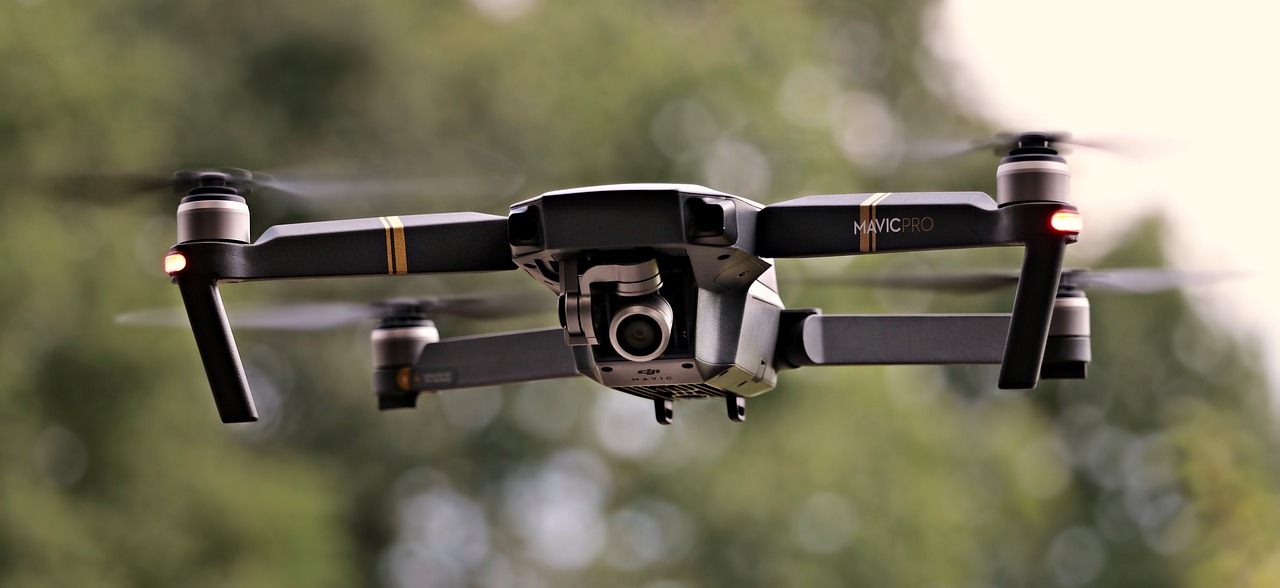Playing in tune is one of the most fundamental skills for any wind or string player.
However, in tune is not as simple as just getting a tuner needle to point straight up and setting your slides in one place.
Different instrument tendencies, different tuning systems, temperature variations, and melodic vs. harmonic tuning, all affect how individual tones should fit into a chord.
In the Beginning: Using a Tuner
Tuners are probably one of the most useful and deceptive tools for young musicians.
A tuner can be a great way to introduce younger players to playing in tune. Since it allows them to see and hear the difference in air support, slide position, embouchure, etc. all play in producing a steady pitch.
For more advanced players, tuners that can be set for different intonation systems can help players learn the difference between playing with a piano or organ (using equal temperament) or playing with an orchestra or band (using Just intonation).
My favorite tuner app (available for both Android and iOS) that also includes a metronome, sound recorder, tonal analyzer and pitch pipe is Tonal Energy. If you’re looking for a good all-around tuner app, I highly recommend that one. I’ve written a review of it too if you want a bit more information.
There is one big disadvantage to only using a visual tuner, though. While you (hopefully) get better at adjusting faster and playing more in-tune, you learn to adjust primarily with your eyes – not your ears!
Enter, drone training.
Up Your Game With Drone Training
Once you’ve learned how to play reasonably close to in-tune, using a drone can take your intonation to the next level.
Using a drone can help you learn how to adjust quicker – just like using a tuner – but instead of using your eyes, you’ll have to use your ears.
Careful listening and quick adjustment – both how much and which way to go – is the basis for playing in tune. No matter which instrument(s) or ensemble you are performing with.
Drone training can also provide some variety in your tuning practice. Using different sounds or waveforms, and tuning different intervals can sharpen your ears and keep your mind engaged.
Whether it’s using the tone generator in a tuner app like Tonal Energy (preferably with a Bluetooth speaker for a louder sound), using a website like this Online Tonal Generator that allows for a wide variety of options and waveforms, or something more realistic like this Drone Tone Tool which uses “natural cello tones” instead of a computer-generated waveform.
Depending upon the instrument you play, you’ll probably notice that some wave shapes (sine, triangle, square, sawtooth) make hearing the beats easier or harder. Of course, start with the easier waveforms and work your way up to the more difficult ones. The cello sound is especially interesting since it contains several octaves and lots of overtones to listen and tune to.
The best way to start out with a drone and Just intonation is to set the drone to a note, like C (Concert F), and play a C major scale – slowly. Remember that the Cs, Fs, and Gs will sound “hollow” and open. The 3rds and 6ths (Es and As) will have to be flattened and will not lock-in quite as strongly as the octaves. The 2nd and 7th (Ds and Bs) will have even more beats even when they are in tune, but there is a “best” place to play them.
Once you can do the major scale in a single octave (in all the keys, of course), then start adding notes both higher and lower. Then you can start using the drone with simple melodies to hear how these adjustments sound and feel when they are used in context.
Remember that pieces performed with piano shouldn’t use Just intonation. The piano is tuned to Equal Temperament, and so doesn’t use lowered 3rds – keep this in mind when you’re practicing works that can be performed with either piano or orchestra (like concertos).
Conclusion
Once you’ve spent a couple of weeks practicing with a drone, you’ll probably start to feel like you’re playing more out of tune than you used to. Chances are good, though, that it’s not because you’re playing more out of tune, it’s only because you are noticing it more.
While it may be a bit discouraging, hearing it is the first step to fixing it!
Any thoughts? Post them in the comments below!


Leave a Reply
You must be logged in to post a comment.